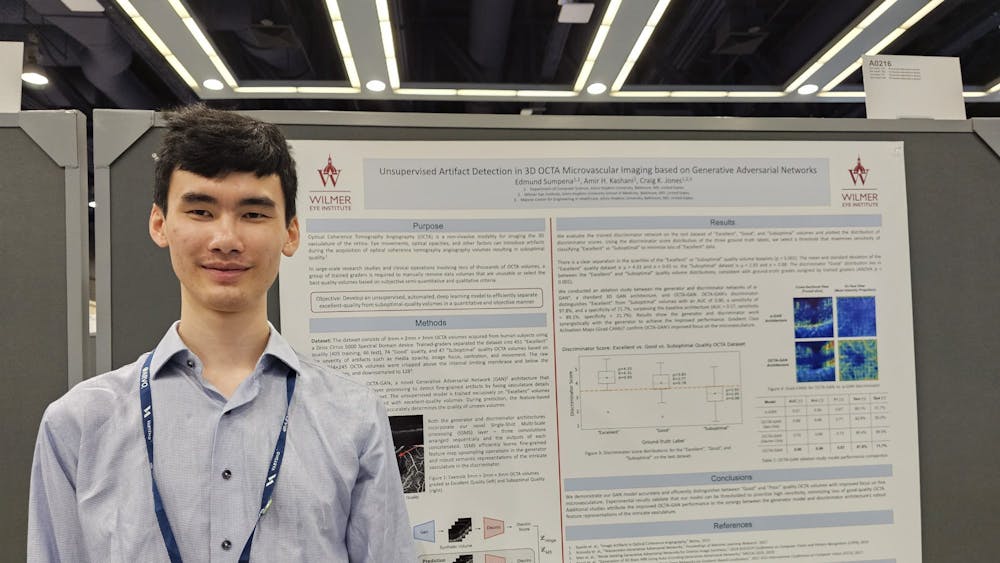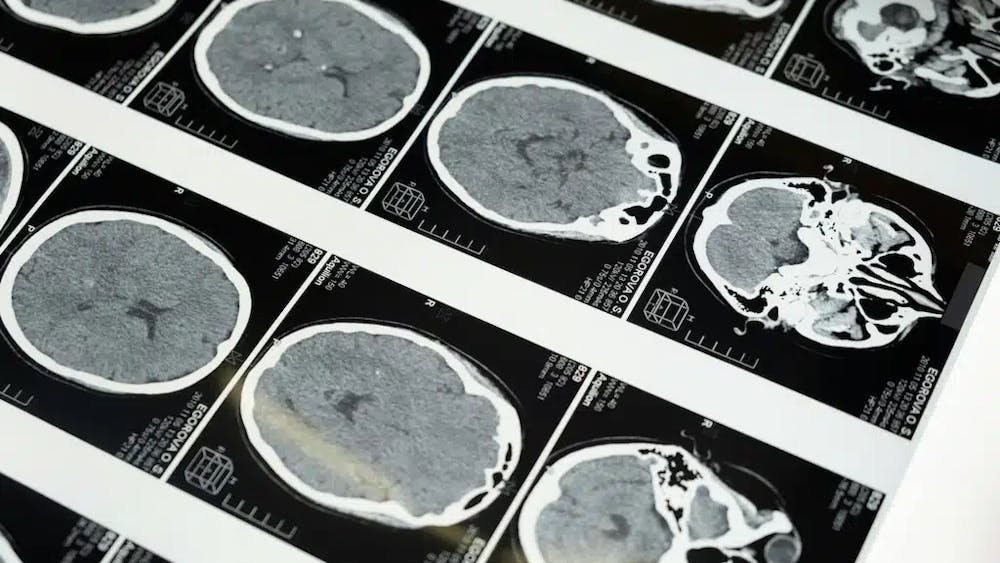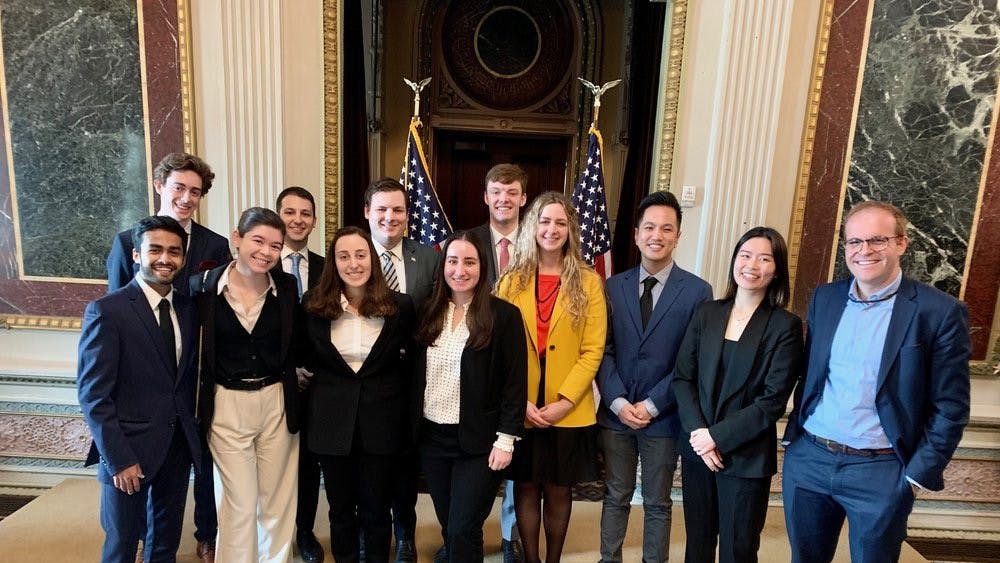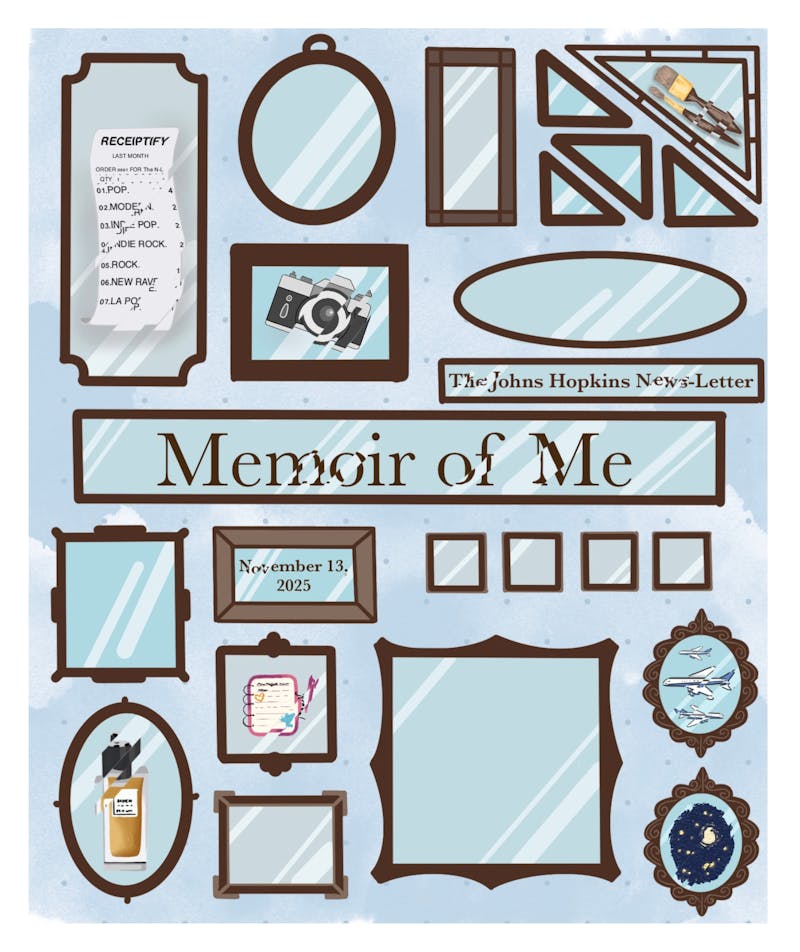Humans of Hopkins: Goldwater Scholar Edmund Sumpena
By ALEX PAN | April 24, 2025Edmund Sumpena is a junior completing a Bachelors of Science in Computer Science and Neuroscience. He is a recipient of the 2025 Barry M. Goldwater Scholarship. In an interview with The News-Letter, Sumpena described his research experience and future plans.





















